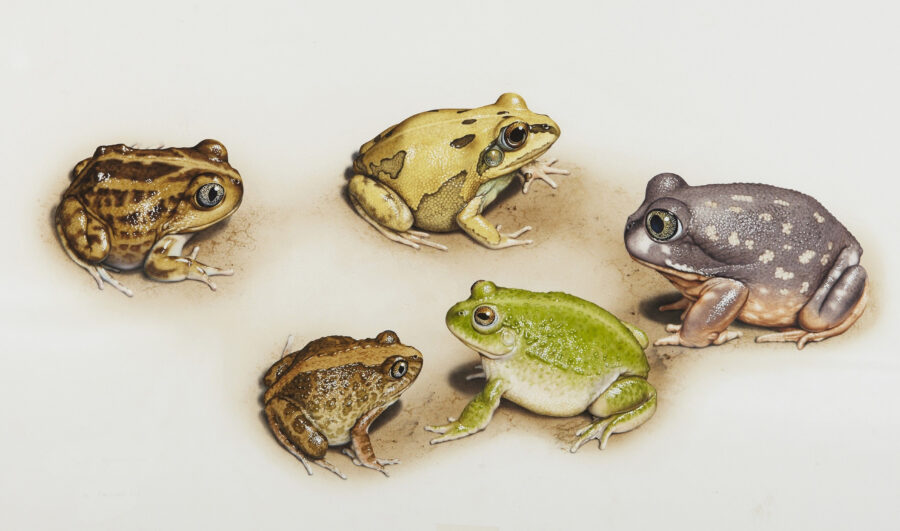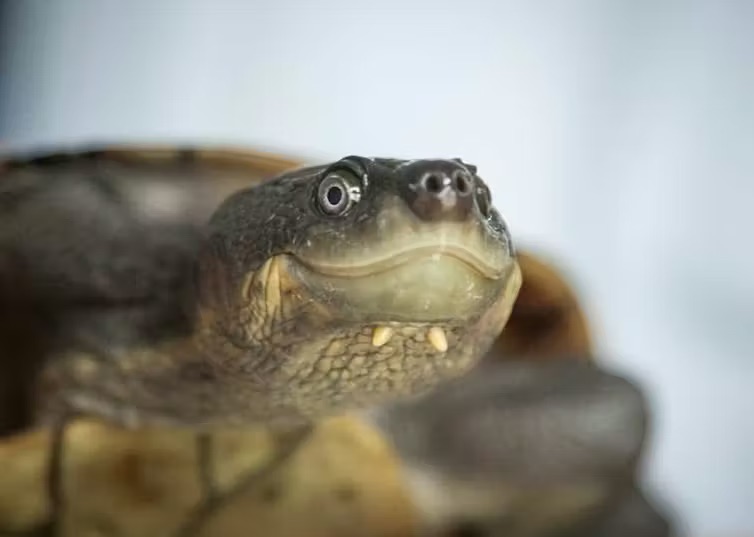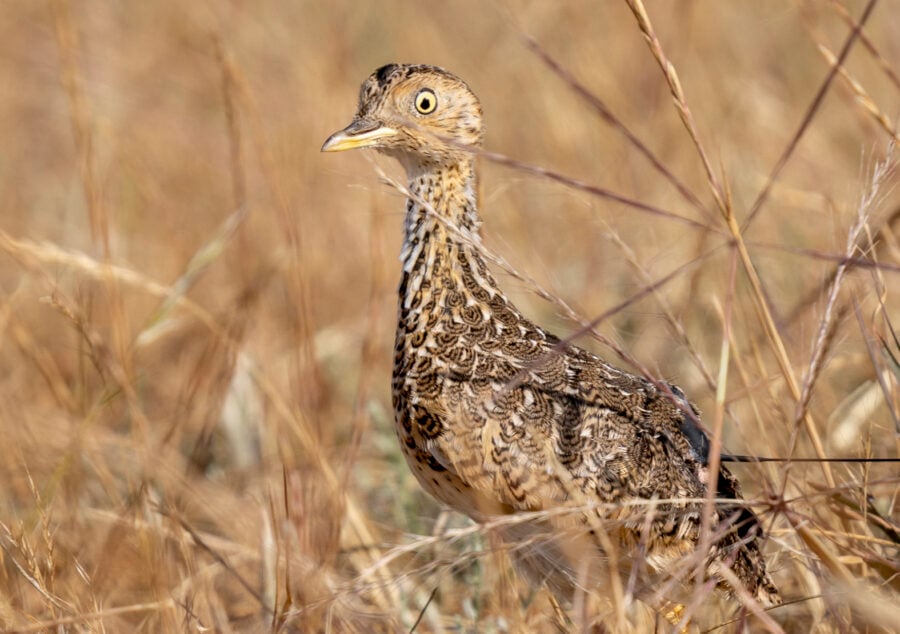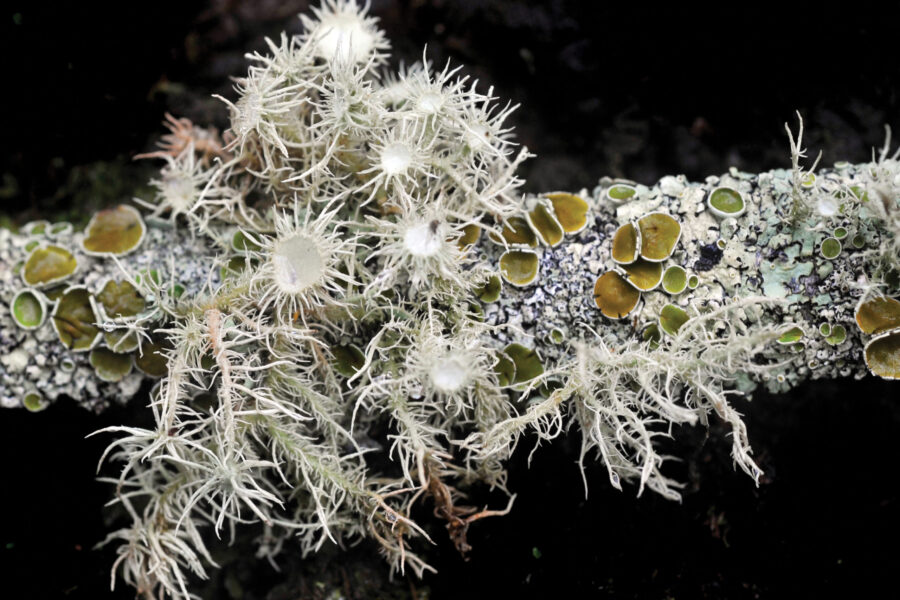Australia’s spotted tree frog
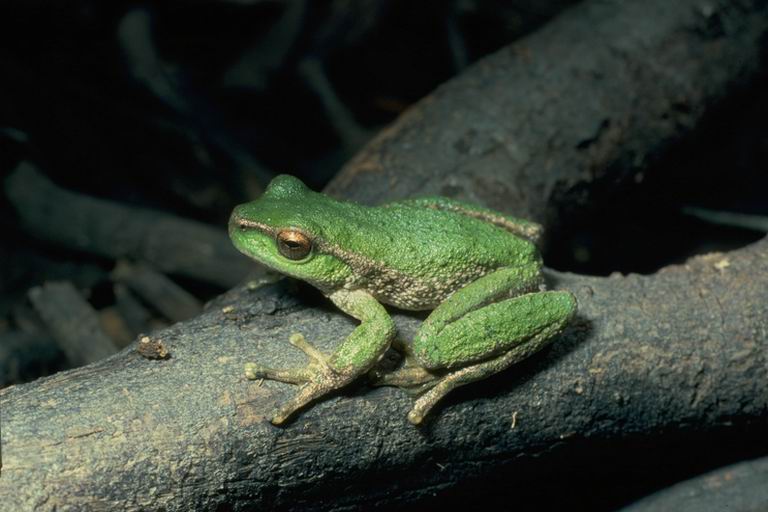
Spotted tree frogs (Litoria spenceri) can grow up to 6cm in length, and are usually grey-green to olive-green in colour. The frogs’ back may be coloured with darker blotches, while its underside is usually much paler. The backs of the legs and groin are orange, and all surfaces are warty and uneven. Tadpoles are dark brown or black, with long bodies and thick tails.
Originally recorded in 19 streams in NSW and Victoria, tree frog populations have been declining for a number of years. Distribution is now severely limited, with current population estimates predicting that the species is present in small numbers in just 15 river systems.
The species breeds from late October to early December, which is advertised through extensive calling. During breeding seasons, adults can usually be found resting atop rocks lying within the stream while youngsters remain in shingle banks. Eggs are buried beneath boulders in streams.
Threats to the spotted tree frog
Disease is a major cause of the frogs’ demise. Chytridiomycosis, a deadly, infectious disease caused by chytrid fungus, affects amphibians all over the world. The disease is present in four regions throughout Australia and has been recorded in several tree frog colonies. In some cases, chytridiomycosis can wipe out entire populations.
Trout have also been to blame for the decline in frog numbers. Rainbow Trout and Brown Trout both occupy areas that tree frogs inhabit and the fish are known for preying on tadpoles. Additionally, dredging and other disturbances by humans also impact frog populations.
Recovery plans for the spotted tree frog
There is a recovery plan in place for the spotted tree frog, which aims to prevent the spread of chytridiomycosis to frog populations that are not yet affected. The plan also strives to reduce the impact of the fungus on infected frog communities and develop effective captive breeding regimes.
IUCN status
Australian conservation status (EPBC Act)
Range
The frog occupies areas to the west of the Great Divide, from Mount Kosciuszko in NSW to the Victorian Central Highlands. The total range of the spotted tree frog is thought to be less than five square kilometres.
Common names
Spencer’s River Tree Frog, spotted tree frog
Habitat
Found in mountainous regions ranging from 200-1100m above sea level, the frog often inhabits rocky areas close to streams.
Classification
Kingdom Animalia
Phylum Chordata
Class Amphibia
Order Anura
Family Hylidae
Genus Litoria
Species spenceri
